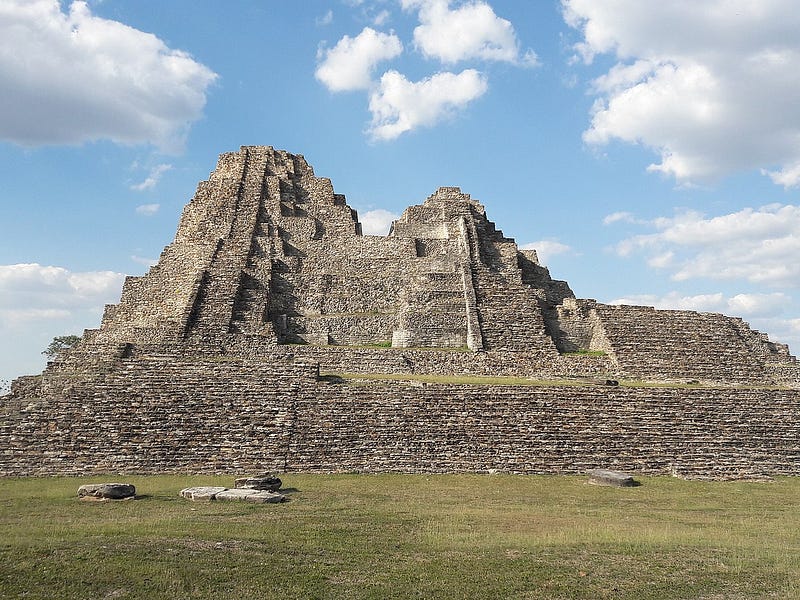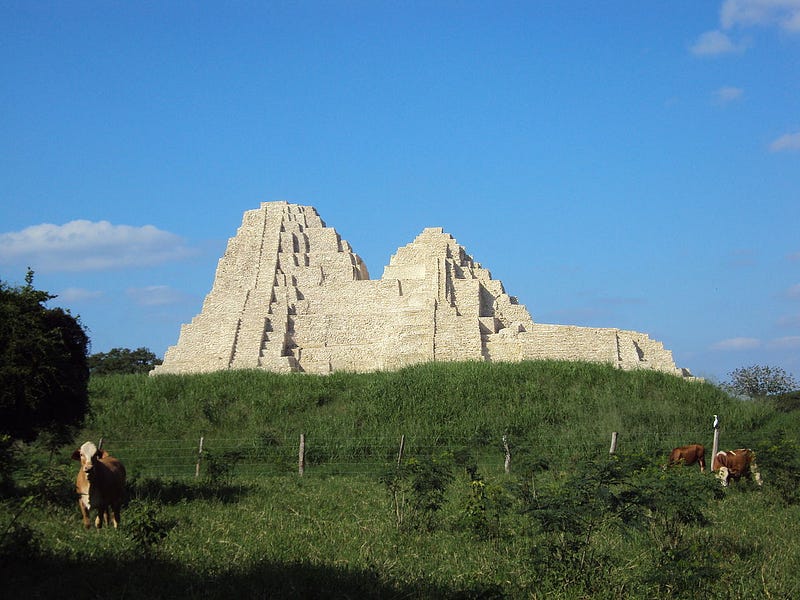Unveiling the Dark Rituals of the Ancient Maya Civilization
Written on
Chapter 1: The Maya Civilization's Enduring Legacy
The ancient Maya left an extensive cultural heritage, yet many details about their everyday life remain elusive. One particularly captivating aspect of their society is the practice of sacrifice.

The cities constructed by the Maya featured magnificent stone palaces, temples, and pyramids, some of which continue to stand today as a testament to the architectural prowess of their engineers. Following 900 AD, this pre-Columbian civilization experienced a swift decline for reasons that are still not entirely understood. It is known, however, that the cities faced significant environmental challenges, including toxic conditions and extended periods of drought attributed to climate change. Ongoing archaeological investigations reveal that the Maya's rich legacy is far from fully understood.
Section 1.1: Recent Discoveries in Moral Reforma
Recently, archaeologists from the National Institute of Anthropology and History (INAH) made a grim discovery of dismembered human remains at a site in the Mayan town of Moral Reforma.
The burial ground was concealed beneath a temple-pyramid, containing the remains of more than a dozen young adult males, grouped into two distinct periods. The younger remains date from 600 to 900 AD, while the older ones span from 300 BC to 250 AD.
Subsection 1.1.1: Insights from Archaeological Findings
Researchers have concluded that the men buried at this site were likely sacrificed to appease Mayan deities. Notably, some remains showed signs of dismemberment or decapitation, and the manner of burial—some bodies found in upright or seated positions—raises intriguing questions about the ritual practices involved.
A total of 567 sacrificial artifacts were also uncovered, including items crafted from shells, jade beads, and various vessels and arrowheads.

Section 1.2: The Role of Sacrifice in Mayan Culture
Human sacrifices were integral to significant Mayan ceremonies. Typically, individuals of high status who were captured in war were chosen for sacrifice, while those of lower status were often put to work. The Maya believed that such sacrifices nourished the gods; without them, they feared the sun would cease to rise, and the world would come to an end. Interestingly, evidence suggests that the Maya would often gag their sacrificial victims.
A recent archaeological find offers fresh perspectives on the sacrificial rituals, indicating that they may have been linked to sporting events, as suggested by the discovery of a stone scoreboard.
Chapter 2: The Descendants of the Maya
The first video titled "Skulls Found in 'Evil' Maya Sinkhole" by National Geographic explores the chilling discoveries related to human remains in Mayan sites, shedding light on the sacrificial practices of this ancient civilization.
The second video, "Shocking Artefacts And Human Remains Found In 2000 Year Old Pyramid" from Blowing Up History, delves into the recent findings that provide greater insight into Mayan rituals and their significance.
Today, descendants of the Maya continue to inhabit the Americas, with the largest groups residing in Mexico, including the Yucatecs (300,000), Tzotzil (120,000), and Tzeltal (80,000).
Did you enjoy the article? If so, feel free to leave a comment, some applause, or even a tip to support my work. Your encouragement motivates me to keep creating and sharing compelling content. Follow me for daily updates on new articles! Thank you!